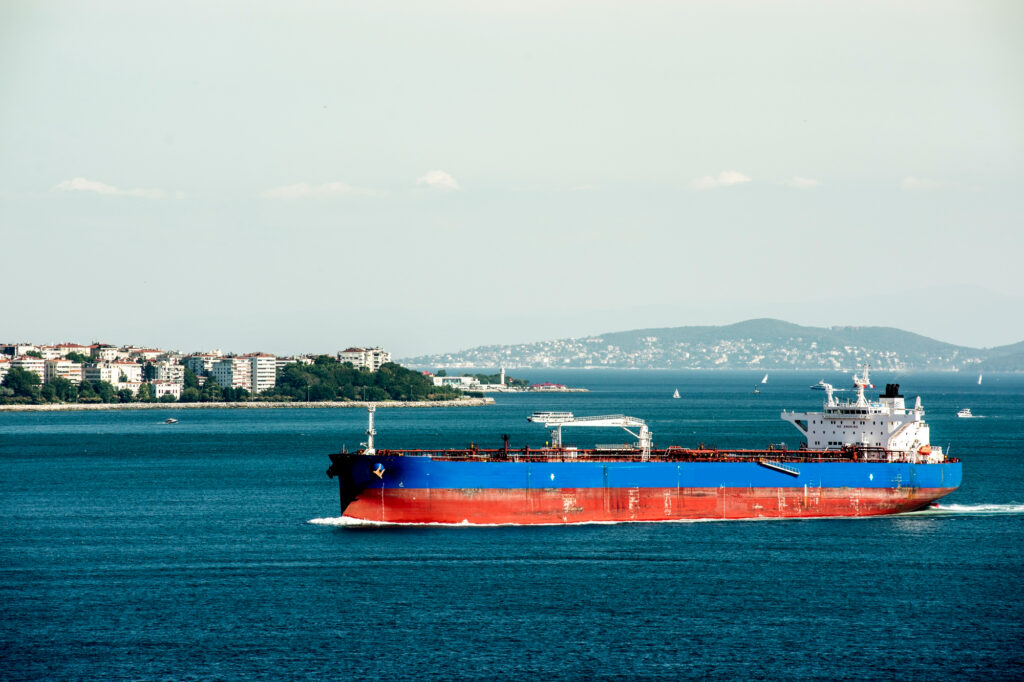
Because of population outbreaks, North American ports occasionally see a large number of vessels coming with Flighted Spongy Moth Complex (FSMC) egg masses. Data from past years suggest that populations could approach outbreak levels by 2024.
Vessels must arrive at North American ports free of FSMC and have received pre-departure certification. When vessels arrive without FSMC certification or when FSMC is identified, cargo loading or discharging activities, as well as regular clearance, may be delayed significantly. The specified risk period refers to the time when there is a risk of FSMC flight and egg mass deposit.
The following procedures are necessary for vessels that have called at the FSMC-regulated area during the relevant danger periods, as shown in the table above:
- A recognized certifying organization should inspect and certify vessels as FSMC-free. A copy of the certificate indicating that the vessel is free of FSMC life stages should be sent to the vessel’s US or Canadian agents. A certificate is valid until the ship calls at another regulated port during the specified risk period.
- Vessels must arrive at North American ports free of FSMC. To avoid being re-routed, being ordered out of port for cleaning, and other potential consequences of mitigating the risk of FSMC entry into North America, shipping lines should conduct thorough vessel self-inspections to look for, remove (scrape off), and properly dispose of or destroy all egg masses and other FSMC life stages before entering U.S. and Canadian ports.
- Vessels must provide their Canadian or US agent with two years’ worth of port of call data at least 96 hours before arriving in a North American port. The agent’s responsibility is to guarantee that this information is communicated to US or Canadian officials.
